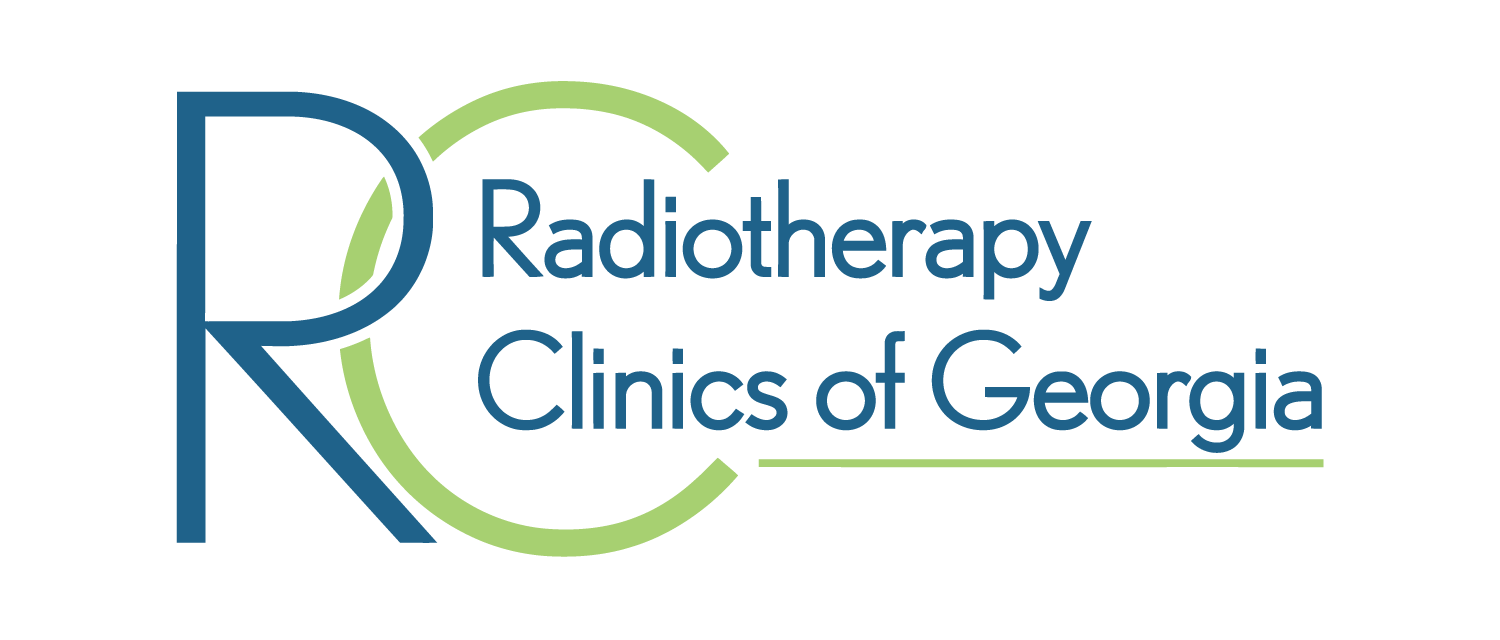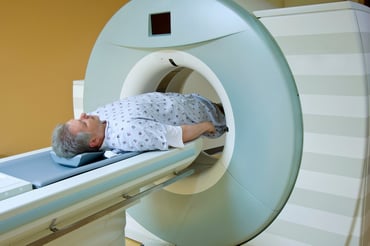
Prostate cancer is very common, but most prostate cancers are slow growing, rarely spread beyond the prostate gland, and most don’t cause problems requiring active treatment right away. However, when found at a later stage, or if the cancer is considered aggressive, treatment may need to begin right away.
It’s important to have regular prostate cancer screenings if you’re over age 50, and screenings as early as 45 years old may also be recommended if you have a family history of prostate cancer, are Black, or have other risk factors. Finding and treating prostate cancer early provides more treatment options, including less invasive treatments.
If the screening tests show signs of possible cancer, a prostate biopsy will be done to determine if there are cancer cells present. The results of the biopsy are returned in a pathology report. An important part of the report is the Gleason score. It may also include a grade group. These two indicators help your oncology team determine the stage of prostate cancer and most effective treatment for your specific needs.
You may also want to read: How to Understand Your Prostate Biopsy Results
How Does the Gleason Score Come from the Prostate Biopsy?
The Gleason score was developed in the 1960s by pathologist Dr. Donald Gleason. He identified five distinct prostate cancer cell patterns that occur as normal cells change to cancer cells.
The pathologist who analyzes your biopsy sample will assign a Gleason score to the pattern of cells that is most common in your biopsy from 1 to 5. Almost all prostate cancers have cells of varying grades. A second score will be assigned to the second most common type of cells. These two numbers are added together to determine your Gleason score.
The first number in the Gleason score describes the most common pattern of cells found. For example, 5+3. If a higher number is listed first, this indicates a more aggressive cancer because the majority of cells look more abnormal.
If your Gleason score is 7, it’s especially important to note if the higher number is listed first. That indicates a more aggressive cancer because the majority of cells look more abnormal. A Gleason score of 4+3=7 may indicate that treatment should begin. A score of 3+4=7 may allow for some time to watch and see how the cancer progresses.
If the total score is less than 5 then cancer is not present and a Gleason score may not be included in the pathology report. At these low grades, cells appear normal. Most Gleason scores range from 6 to 10, with 10 being the most aggressive and more likely to spread. The most common Gleason scores are 6 and 7.
Understanding Grade Groups for Prostate Cancer
In 2014 the International Society of Urological Pathology revised the Gleason score by adding a system called grade groups. These groups can more accurately predict how fast prostate cancer may spread. Grade groups use the Gleason score as a primary indicator. Your pathology report may include both a Gleason score and a grade group.
The grade group system includes five levels:
- Grade group 1 is low-grade, very low-risk cancer; indicated by a Gleason Score of 6 or lower
- Grade group 2 is medium-grade cancer; Gleason score of 3 + 4 = 7
- Grade group 3 is also medium-grade cancer, but a Gleason score of 4 + 3 = 7
- Grade group 4 is high-grade cancer, Gleason score of 8
- Grade group 5 is also high-grade cancer, Gleason score of 9 or 10
Lower numbered groups indicate a more easily treatable cancer; higher grades are more aggressive cancer that may have also metastasized to other areas of your body.
Together the stage of prostate cancer is determined from 1 to 4.
How Does the Gleason Score Help Determine Treatment?
Your oncology team plans the best treatment for you based on your prostate cancer’s unique characteristics: its Gleason score, grade group, and stage. Your treatment options also depend on several other factors, including:
- How far cancer has spread beyond the prostate, if it has
- How fast it’s growing
- Your age and overall health
- Your treatment preferences
- Potential benefits and side effects of the recommended treatment
Different treatment methods are used for different Gleason scores.
If you have low-grade prostate cancer (Gleason score of 6 or lower), you may not need to start treatment right away. A process called active surveillance or watchful waiting can be used. This process can include blood tests, rectal exams, and additional biopsies. Active surveillance is a safe option for cancer that isn't causing symptoms, is not expected to grow, and is confined to a small area of the prostate. Active surveillance may also be considered for someone who has other serious health conditions or is older, making active treatment too difficult.
If a repeated prostate biopsy shows that the cancer is growing and/or the Gleason score has increased, it may be time to start active treatment.
What is Active Treatment for Prostate Cancer?
Active treatment can include one or more of these treatments:
- Radiation therapy may be used if the cancer has not spread beyond the prostate or after surgery to kill remaining cancer cells and reduce your risk of cancer recurring or spreading. Radiation may also be used to reduce pain symptoms and slow cancer growth if cancer has spread.
- Brachytherapy is internal radiation that treats prostate cancer that hasn’t spread. Radioactive seeds are permanently placed inside the prostate, providing low-dose radiation over a long period of time.
- Hormone therapy shrinks the tumor or slows its growth by stopping the body from producing testosterone or stopping testosterone from reaching cancer cells. Prostate cancer cells must have testosterone to survive and grow. Hormone therapy used before radiation treats cancer confined to the prostate. It shrinks the cancer and improves radiation’s ability to kill it.
- Surgery to remove the prostate gland (radical prostatectomy). This can include some surrounding tissue and lymph nodes in the area. While this is often recommended as a first line of treatment by some doctors, there are side effects that can be permanent. Men should discuss this with their doctors, including an oncologist, as well as their partner before making a decision.
- Chemotherapy uses medications to kill rapidly growing cancer cells that have metastasized beyond the prostate or that aren't responding to hormone therapy. This is mostly used for men whose cancer has spread to the lymph nodes and/or other areas of the body.
- Immunotherapy stops proteins that keep your immune system from killing cancer cells.
- Targeted drug therapy focuses on cancer cell abnormalities; used with advanced or returning cancers.
Intermediate-risk group patients (Gleason score of 7 or higher) may have radiation therapy or radiation with hormone therapy. If surgery is performed treatments may be needed afterwards including radiation and/or hormone therapy.
High-risk group treatment is similar to that of intermediate-risk patients with an additional option. If cancer has spread to the lymph nodes, hormone therapy with or without radiation can be used.
Treatment for very high grade group (Gleason score of 9-10) patients includes:
- External beam radiation alone or with brachytherapy, hormone therapy, and possibly chemotherapy
- Surgery
- If cancer is found in lymph nodes, chemotherapy.
Atlanta Region Prostate Cancer Treatment Options
If you’ve received a prostate cancer diagnosis, you may have some time to review your treatment options. For many men, it’s possible to avoid or delay surgery by using other treatments.
Prostate cancer patients in the greater Atlanta area can receive expert treatment close to home at any of the Radiotherapy Clinics of Georgia’s (RCOG) treatment centers in Conyers, Covington, Decatur, and Snellville, Georgia.




